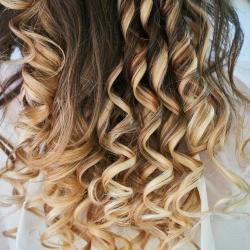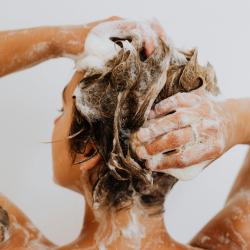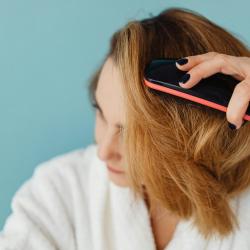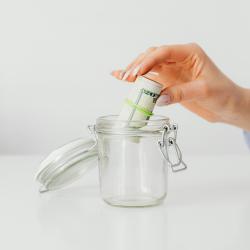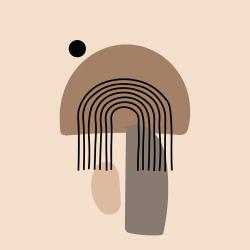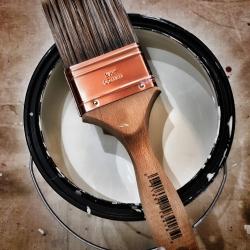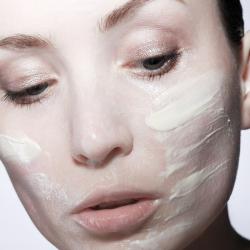How to Protect Your Hair from Heat Damage
Heat styling tools like flat irons, curling wands, and blow dryers have become indispensable in achieving the perfect hairstyle. However, frequent use of these tools can lead to heat damage, leaving your hair dry, brittle, and prone to breakage. Protecting your hair from heat damage is crucial for maintaining its health, shine, and strength. Here are some essential tips to keep your locks looking their best.
1. Invest in Quality Tools
The first step in minimizing heat damage is investing in high-quality styling tools. Look for tools with adjustable temperature settings, allowing you to control the amount of heat applied to your hair. Ceramic, tourmaline, or titanium plates are recommended for even heat distribution and reduced risk of hot spots, which can scorch your hair.
2. Use Heat Protectant Products
Never underestimate the power of a good heat protectant. Before applying any heat, spritz a heat protectant spray or apply a serum to your hair. These products create a protective barrier over your strands, reducing moisture loss and shielding them from the damaging effects of high temperatures. Make sure to distribute the product evenly for maximum protection.
3. Set the Right Temperature
Different hair types require different heat settings. Fine or damaged hair should be styled at a lower temperature (below 300°F/150°C), while thicker, coarser hair might require a higher setting (up to 450°F/230°C). Always start with the lowest possible temperature that achieves your desired style and increase if necessary.
4. Limit Heat Styling Frequency
To maintain healthy hair, try to limit the use of heat styling tools. Embrace your natural texture whenever possible and explore heat-free styling methods, such as braiding, twisting, or using foam rollers. When you do use heat, aim for no more than two to three times a week to give your hair ample time to recover.
5. Keep Your Hair Hydrated
Hydration is key in maintaining healthy hair. Use a moisturizing shampoo and conditioner designed for your hair type, and incorporate a deep conditioning treatment or hair mask into your routine once a week. Well-hydrated hair is more resilient and less susceptible to damage from heat styling.
6. Trim Regularly
Regular trims are essential in keeping split ends at bay. Even with the best precautions, heat styling can still cause some damage over time. By trimming every 6-8 weeks, you can remove damaged ends and prevent them from traveling up the hair shaft, keeping your hair looking healthy and fresh.
7. Be Mindful of Wet Hair
Avoid using heat tools on wet or damp hair, as this can cause significant damage. Always ensure your hair is completely dry before styling with heat. If you're pressed for time, use a blow dryer with a cool setting to gently dry your hair before applying heat.
8. Experiment with Protective Hairstyles
Protective hairstyles such as buns, braids, and twists not only reduce the need for heat styling but also shield your hair from environmental damage. These styles can help maintain your hair’s integrity while still allowing you to express your personal style.
By following these tips, you can enjoy the benefits of heat styling without compromising the health of your hair. Remember, the key is moderation and adopting a comprehensive hair care routine that prioritizes protection and hydration. With the right approach, you can achieve beautiful, resilient hair that withstands the heat.





